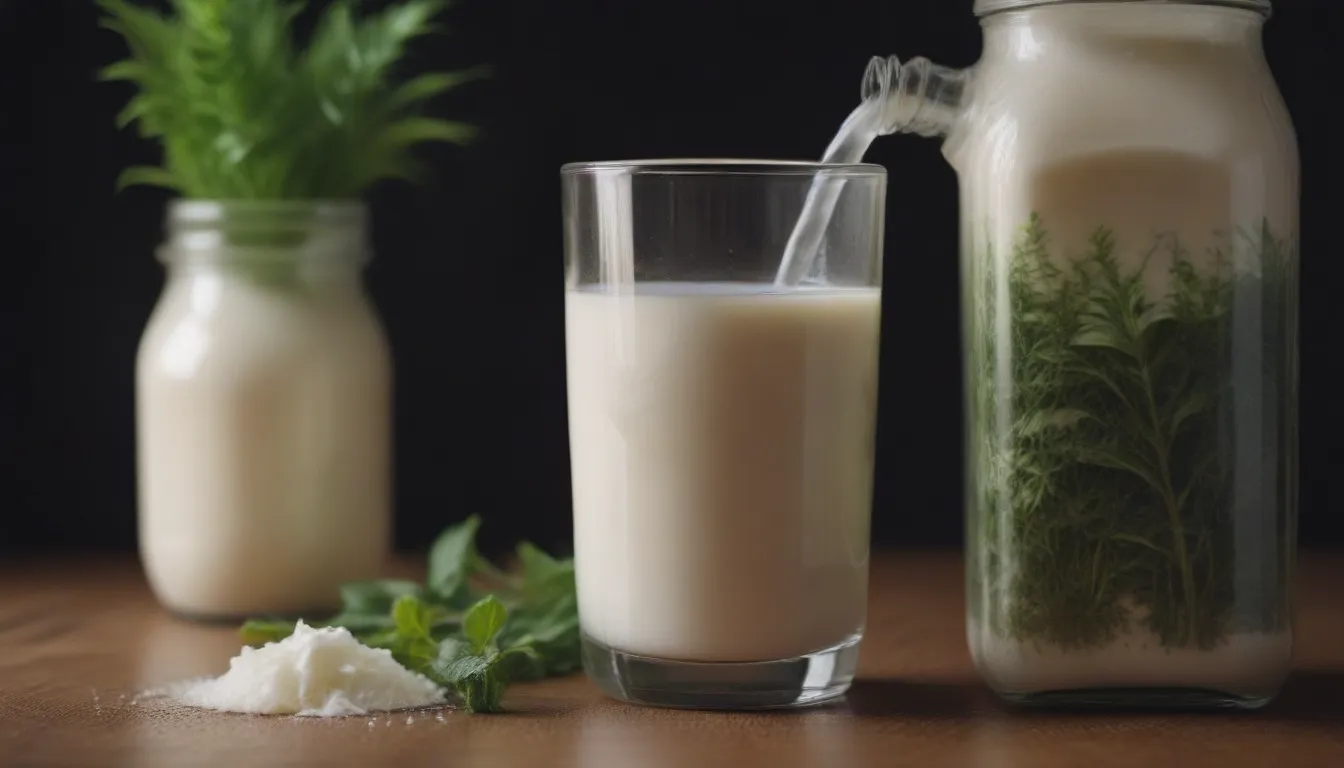The Benefits of Using Milk for Plant Care

Are you looking for a natural and cost-effective way to care for your plants? Look no further than your fridge! Milk, a household staple, can be a surprising powerhouse when it comes to promoting plant growth and health. In this article, we will explore the various benefits of using milk in your garden, as well as how to properly apply it to reap the rewards without any negative consequences.
The Good and Bad of Milk in Gardens
Milk is not just for cereal or coffee—it can also be a valuable resource for your plants. The calcium and B vitamins found in milk are not only beneficial for humans but also for plants. Calcium, in particular, plays a crucial role in plant growth and can help prevent conditions such as blossom end rot, which is common in tomato, pepper, and squash plants. Additionally, milk’s antifungal properties have been well-documented in scientific research, making it a useful tool in combating powdery mildew and other fungal diseases that can harm crops.
However, as with anything, there are also drawbacks to using milk in your garden. Too much milk can actually harm your plants, thanks to the bacteria it contains that may stunt growth and cause wilt. The fat content in certain types of milk, such as whole milk, can produce an unpleasant odor, while skim milk may lead to black rot and other issues with certain crops. It’s essential to use milk in moderation and follow proper dilution techniques to avoid any negative consequences.
How to Properly Use Milk on Plants
Using milk on your plants is a simple process, as long as you follow a few key steps to ensure its effectiveness. Here’s a guide on how to use milk in your garden:
Materials Needed:
- Milk (preferably reduced-fat or low-fat)
- Water
- Spray bottle
- Wet cloth
Step 1: Dilute the Milk
Mix the milk with water in a 50-50 ratio. It’s crucial to dilute the milk to prevent any negative effects on your plants. If you prefer, you can even use the last dregs of a gallon of milk, using just a quarter-cup or so mixed with water.
Step 2: Apply to Plants
Pour the milk mixture into a spray bottle and apply it to the leaves of your plants. Make sure to check back after about 30 minutes to ensure the liquid has been absorbed. If there’s excess liquid on the leaves, gently wipe them down with a wet cloth to prevent fungal diseases from developing.
Step 3: Apply to Soil
Alternatively, you can pour the milk mixture directly into the soil at the base of the plant. This allows the roots to absorb the beneficial nutrients from the milk. For larger garden areas, consider using a garden hose sprayer to cover a larger surface area efficiently.
Step 4: Avoid Chemicals
After applying the milk to your plants, refrain from using chemical pesticides or fertilizers, as these can kill the beneficial bacteria in the milk that help your plants grow. Allow the milk to work its magic without any interference from other products.
Step 5: Odor Control
After using milk on your plants, you may notice a slight unpleasant odor. Don’t worry—this will eventually subside as the milk is absorbed by the plants and soil.
Scientific Evidence Supporting the Use of Milk in Plant Care
Numerous studies have shown the effectiveness of using milk in plant care. For example, research conducted by Wagner Bettiol in “Crop Protection” found that cow’s milk was effective in combating zucchini squash powdery mildew in greenhouse conditions. This study highlights the potential of milk as a natural and sustainable solution for plant diseases and pests.
In conclusion, milk can be a valuable ally in caring for your plants, offering benefits such as promoting growth, preventing diseases, and nourishing the soil. By following the proper techniques for using milk in your garden, you can harness its power without any negative repercussions. So, the next time you reach for that carton of milk, consider giving your plants a nutritious treat as well!





